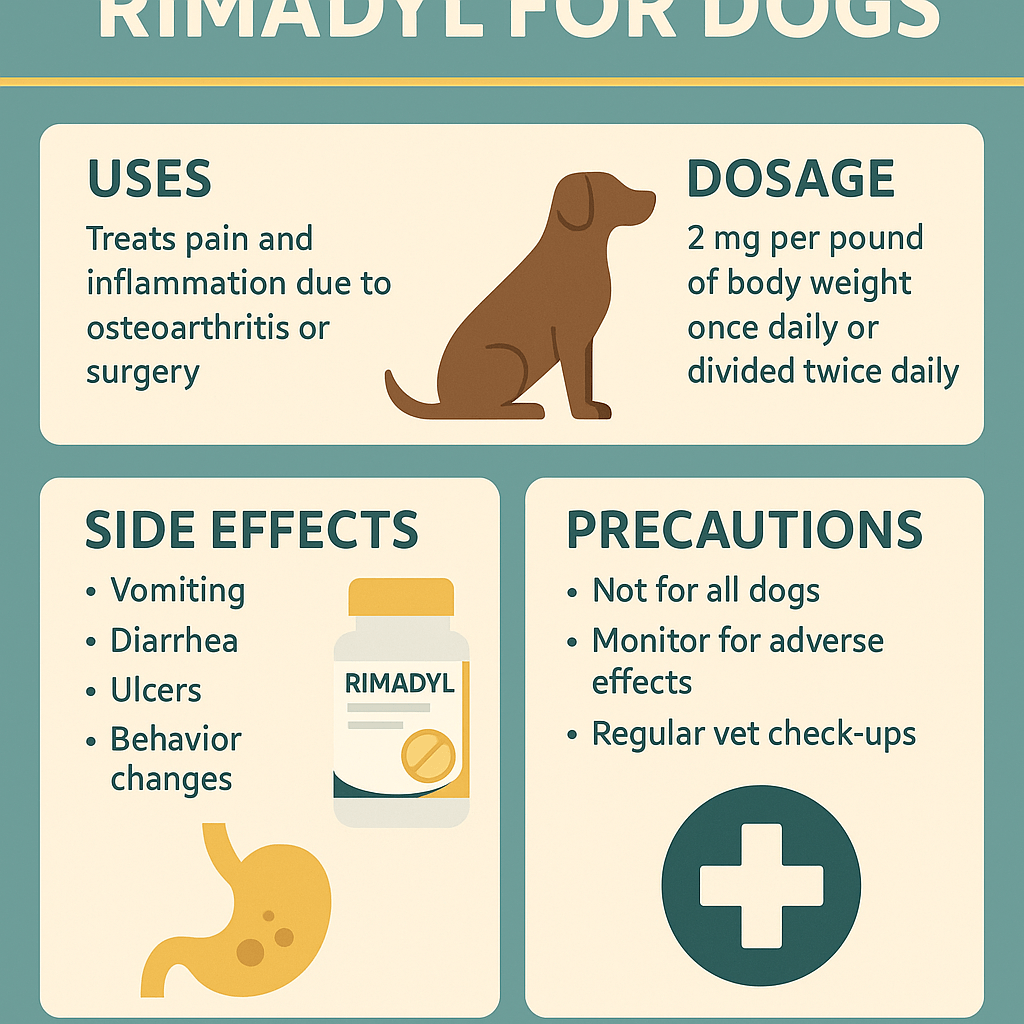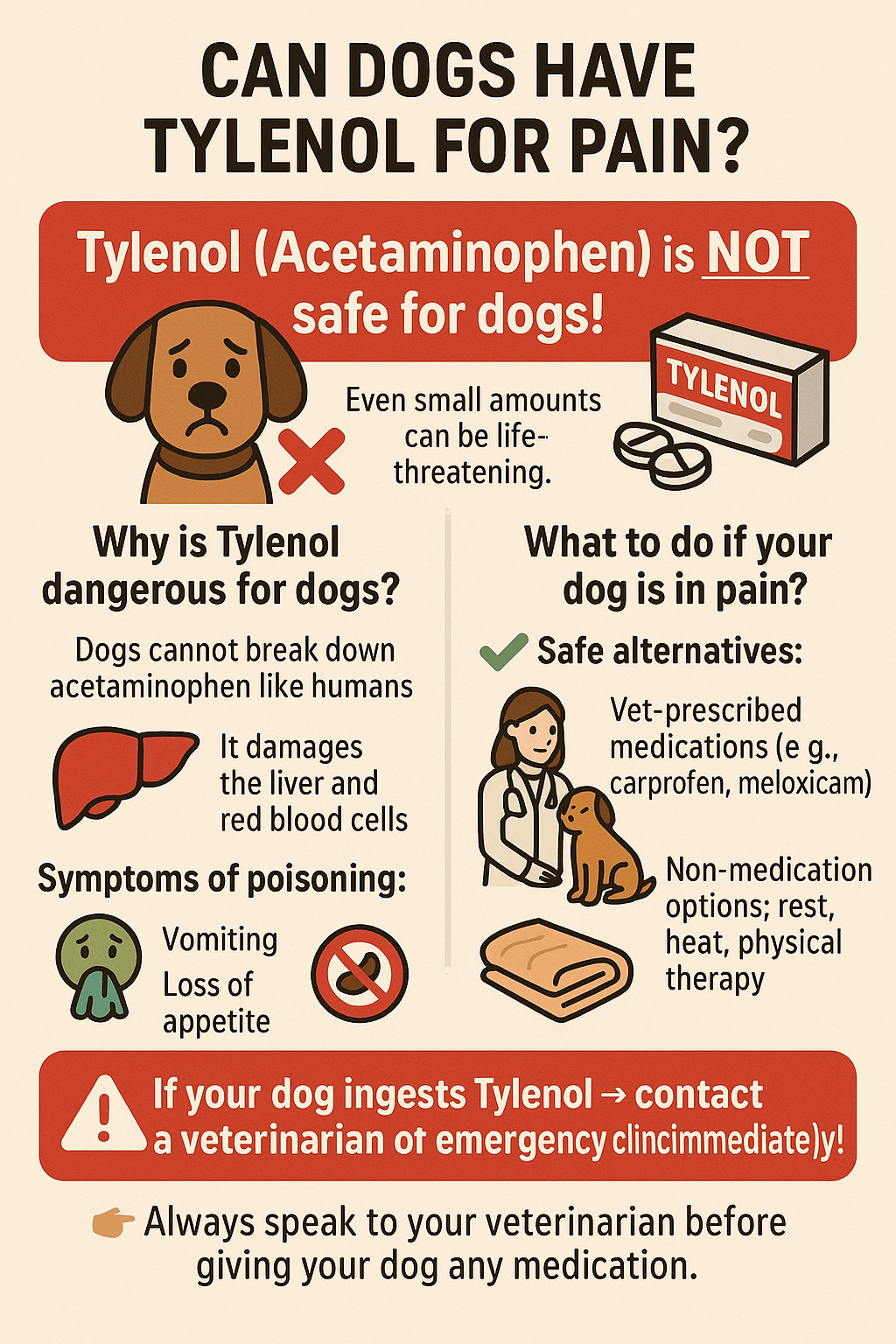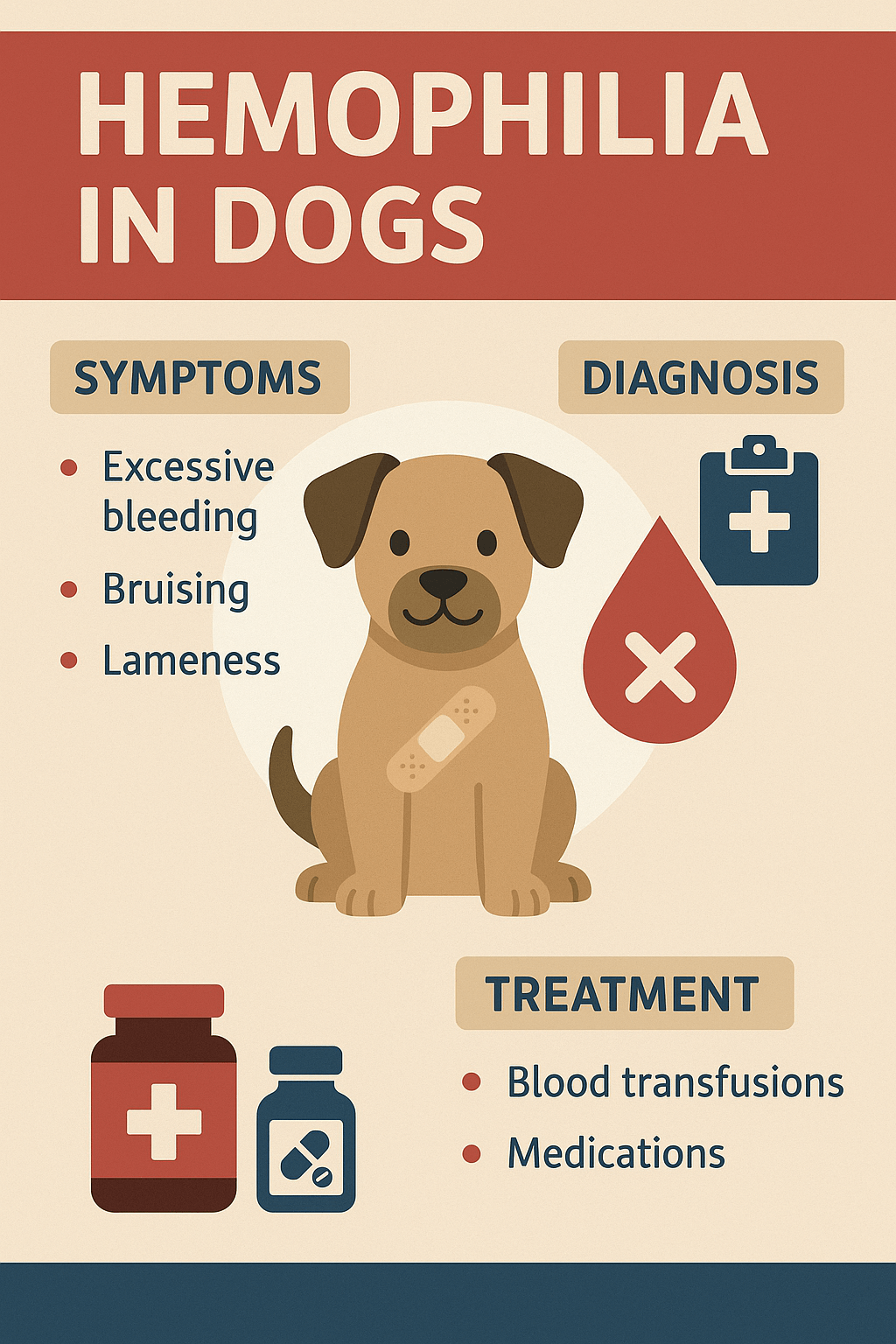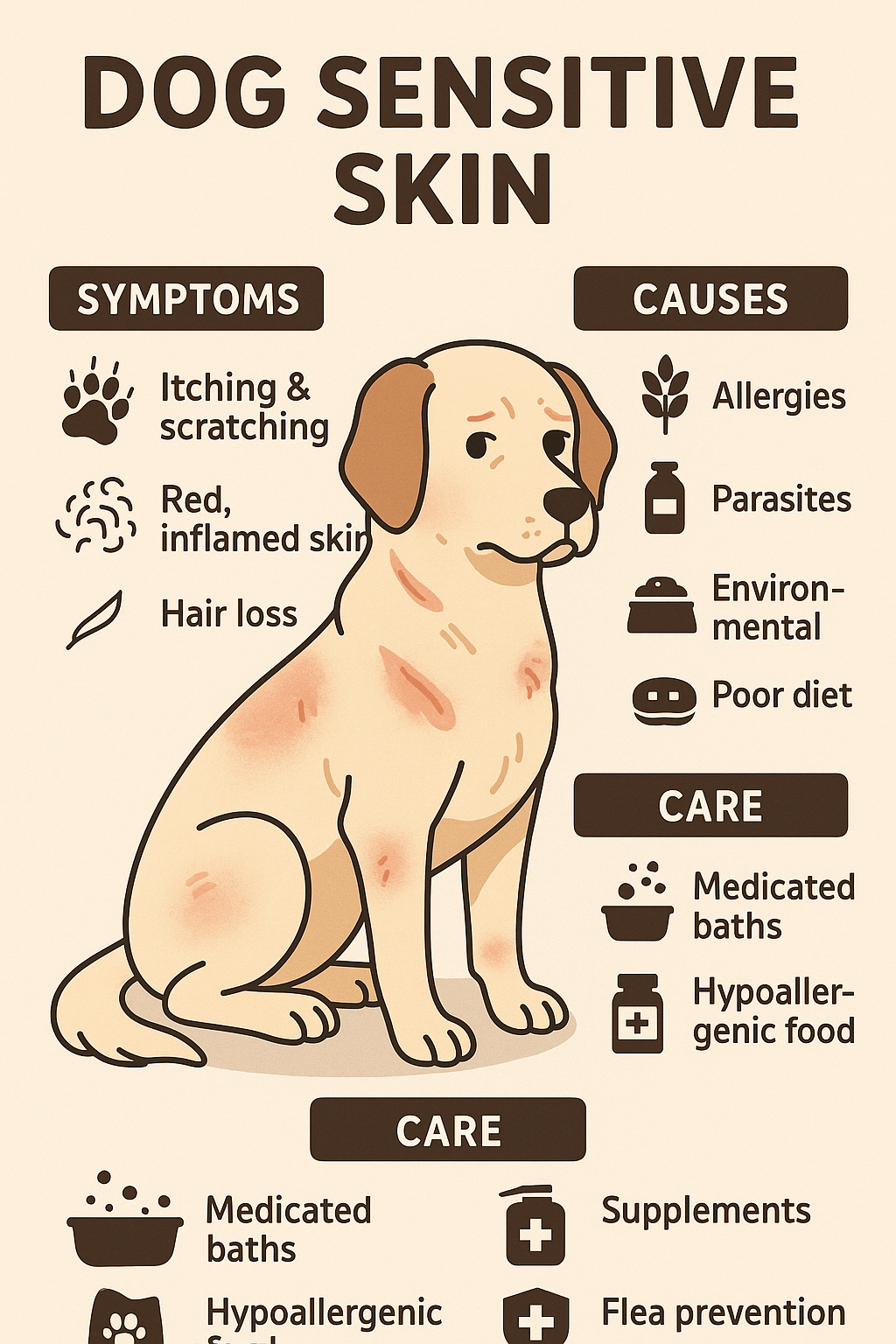Are Dog Parks Bad for Dogs?
Dog parks are often seen as a paradise for our four-legged friends—a place where they can run free, socialize, and burn off energy. However, while dog parks offer numerous benefits, they also come with potential downsides that every pet owner should consider. From aggressive behavior to health risks, the environment of a dog park can sometimes be more challenging than anticipated. So, are dog parks truly bad for dogs, or do their advantages outweigh the drawbacks? In this blog post, we’ll explore both sides of the debate to help you make an informed decision about whether dog parks are right for your furry companion.
Potential Risks of Dog Parks
While dog parks provide opportunities for exercise and socialization, they also pose certain risks that could negatively impact your dog’s well-being. Understanding these hazards is key to ensuring a safe experience.
Aggressive Behavior from Other Dogs:
Not all dogs at the park are well-socialized, and some may exhibit aggression, leading to fights or injuries.Overstimulation and Stress:
The chaotic environment of a crowded dog park can overwhelm some dogs, causing anxiety or fear rather than enjoyment.Disease Transmission:
Shared water bowls and close contact increase the risk of spreading illnesses like kennel cough or parasites.Injuries from Rough Play:
High-energy play can result in sprains, bites, or other injuries, especially if dogs are mismatched in size or temperament.Lack of Supervision:
Some dog parks have limited oversight, leaving owners responsible for monitoring their pets and intervening when necessary.
These risks highlight the importance of assessing your dog’s personality and the park’s environment before visiting.
Benefits of Dog Parks for Dogs
Despite the potential risks, dog parks offer significant advantages that contribute to a dog’s physical and mental health. When used responsibly, they can be a valuable resource for pet owners.
Physical Exercise:
Off-leash play allows dogs to run freely, improving cardiovascular health and reducing pent-up energy.Socialization Opportunities:
Interacting with other dogs helps develop communication skills and builds confidence in unfamiliar situations.Mental Stimulation:
Exploring new scents, sights, and sounds keeps dogs mentally engaged, preventing boredom and destructive behaviors at home.Bonding Time with Owners:
Visiting the park together strengthens the bond between dogs and their humans through shared experiences.Exposure to New Environments:
Regular visits expose dogs to diverse settings, helping them adapt to different scenarios and reducing fearfulness.
When managed properly, the benefits of dog parks can greatly enhance a dog’s quality of life.
Check this guide 👉Are Dog Parks Good for Dogs? Best 7 Expert Tips!
Check this guide 👉Dog Amusement Park: Best 7 Expert Tips!
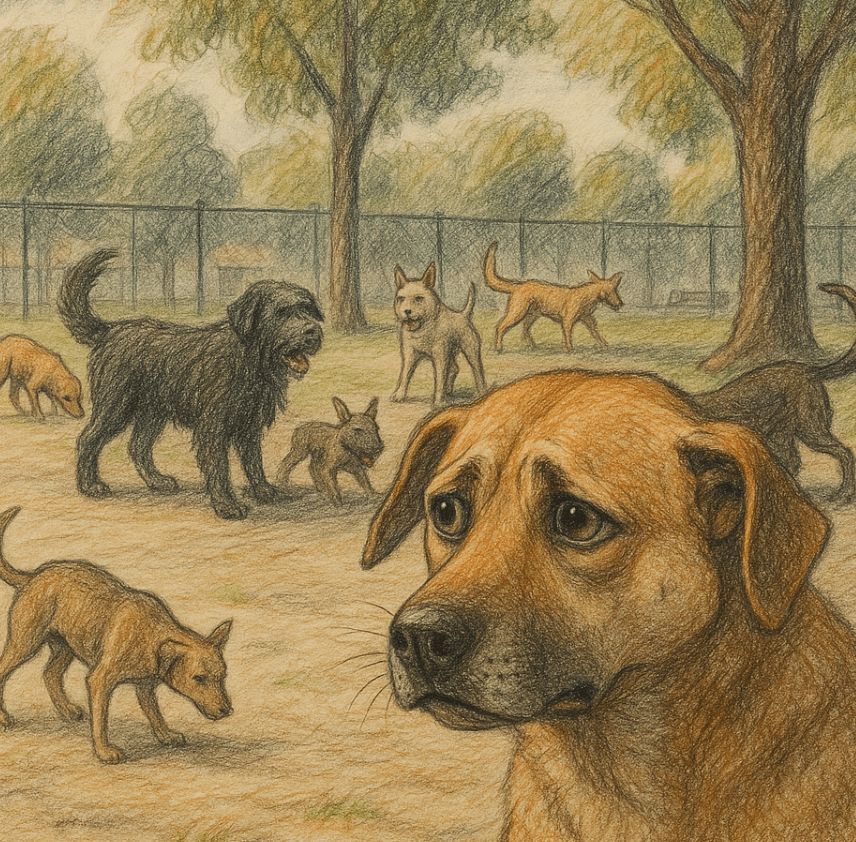
Pros of Dog Parks | Cons of Dog Parks |
|---|---|
Promotes physical exercise | Risk of aggressive encounters |
Encourages socialization | Potential for disease transmission |
Provides mental stimulation | Overstimulation for shy or anxious dogs |
Strengthens owner-dog bonding | Possibility of injuries during play |
Helps dogs adapt to new environments | Lack of supervision in some parks |
How to Ensure a Safe Visit to the Dog Park
To minimize risks and maximize enjoyment, it’s essential to prepare for your dog park outings carefully. Follow these tips to create a positive experience for your pup.
Choose the Right Park:
Visit parks with separate areas for small and large dogs, clean facilities, and adequate shade or water sources.Assess Your Dog’s Temperament:
Ensure your dog is comfortable around other animals and people before introducing them to a busy park.Visit During Off-Peak Hours:
Avoid crowded times to reduce stress and the likelihood of negative interactions.Supervise Closely:
Keep an eye on your dog at all times and intervene if play becomes too rough or unsafe.Bring Essentials:
Pack fresh water, treats, waste bags, and a first-aid kit to handle any unexpected situations.
Taking these precautions ensures a safer and more enjoyable visit for both you and your dog.
Signs Your Dog May Not Enjoy the Dog Park
Not all dogs thrive in dog park environments. Recognizing signs of discomfort or distress can help you decide whether the park is suitable for your pet.
Hiding Behind You or Staying Close:
If your dog constantly seeks shelter near you, they may feel overwhelmed or scared.Growling or Snapping at Other Dogs:
Aggressive behavior indicates your dog isn’t comfortable interacting with others.Excessive Panting or Whining:
These signs suggest anxiety or stress in response to the park’s atmosphere.Refusing to Engage or Play:
A disinterested dog may prefer quieter activities over the chaos of a dog park.Showing Signs of Fatigue Quickly:
If your dog tires easily or seems unenthusiastic, the park might not be the best fit for them.
Understanding these cues allows you to prioritize your dog’s comfort and well-being.
Alternative Activities for Dogs Who Don’t Like Dog Parks
If your dog doesn’t enjoy dog parks, there are plenty of other ways to provide exercise and enrichment. Here are some alternatives to consider.
Leash Walks in Quiet Areas:
Explore less crowded trails or neighborhoods where your dog can sniff and explore without pressure.Playdates with Familiar Dogs:
Arrange one-on-one play sessions with trusted canine friends in a controlled environment.Obedience Training Classes:
Structured classes offer mental stimulation and improve communication between you and your dog.Interactive Toys and Games:
Puzzle toys, fetch, and scent work games engage your dog’s mind and body indoors or outdoors.Swimming or Water Activities:
Many dogs love swimming, which provides excellent low-impact exercise.
These options cater to dogs who prefer calmer or more structured forms of activity.
Common Misconceptions About Dog Parks
Many myths surround dog parks, leading to misunderstandings about their purpose and effects. Clarifying these misconceptions helps set realistic expectations.
“All Dogs Love Dog Parks”:
While many dogs enjoy them, some find the environment overwhelming or stressful.“Dog Parks Solve Behavioral Issues”:
Poorly socialized or reactive dogs may worsen in chaotic settings; professional training is often needed.“Vaccinations Guarantee Safety”:
Vaccines protect against certain diseases but don’t eliminate all health risks associated with shared spaces.“Owners Always Supervise Their Dogs”:
Unfortunately, not all park visitors pay attention, increasing the burden on responsible owners.“Bigger Parks Are Always Better”:
Larger parks can mean less supervision and more chances for conflicts, depending on layout and usage.
By addressing these myths, you can approach dog parks with greater awareness.
Tips for Introducing Your Dog to a New Park
Introducing your dog to a dog park requires patience and preparation to ensure a smooth transition. Follow these tips to ease the process.
Start with Short Visits:
Begin with brief trips to allow your dog to acclimate gradually to the new environment.Observe Before Entering:
Watch the dynamics of the park from outside to gauge whether it’s a good match for your dog.Avoid Peak Hours Initially:
Choose quieter times to minimize stress and give your dog space to adjust.Use Positive Reinforcement:
Reward calm and friendly behavior with treats or praise to encourage good habits.Leave if Necessary:
If your dog shows signs of distress, leave promptly and try again another day.
A thoughtful introduction sets the stage for successful future visits.
Frequently Asked Questions About Dog Parks
Are dog parks safe for puppies?
Puppies under six months old should avoid dog parks due to incomplete vaccinations and immature social skills.
What should I do if my dog gets into a fight?
Stay calm, distract the dogs with noise or water, and remove your dog from the situation immediately.
How can I tell if a dog park is clean?
Look for regularly maintained grounds, available poop bags, and visible waste removal efforts.
Can shy dogs benefit from dog parks?
Shy dogs may struggle in busy parks but can benefit from quieter, controlled introductions to other dogs.
Should I bring my own water?
Yes, always bring fresh water to avoid sharing communal bowls, which can spread germs.
Making the Best Decision for Your Dog
Dog parks can be wonderful places for exercise, socialization, and fun—but they aren’t right for every dog. By weighing the pros and cons, observing your dog’s reactions, and taking proactive steps to ensure safety, you can determine whether dog parks align with your pet’s needs. Remember, your dog’s happiness and well-being should always come first. Whether you choose to embrace dog parks or explore alternative activities, providing a balanced lifestyle will keep your furry friend healthy and content.
Rimadyl for Dogs: Best 7 Expert Tips! Discover expert advice on using Rimadyl safely, managing pain, and improving your dog’s mobility with trusted veterinary insights.
Can Dogs Have Tylenol for Pain? Best 7 Expert Tips! Discover the risks, safe alternatives, and expert advice on managing your dog’s pain effectively while avoiding harmful medications.
Understanding Hemophilia in Dogs: Best 7 Expert Tips! Discover expert advice on managing hemophilia, recognizing symptoms, and ensuring your dog’s well-being with practical care strategies.
Understanding Dog Sensitive Skin: Best 7 Expert Tips! Discover expert advice on managing dog sensitive skin, relieving irritation, and improving your pup’s comfort with practical solutions.

